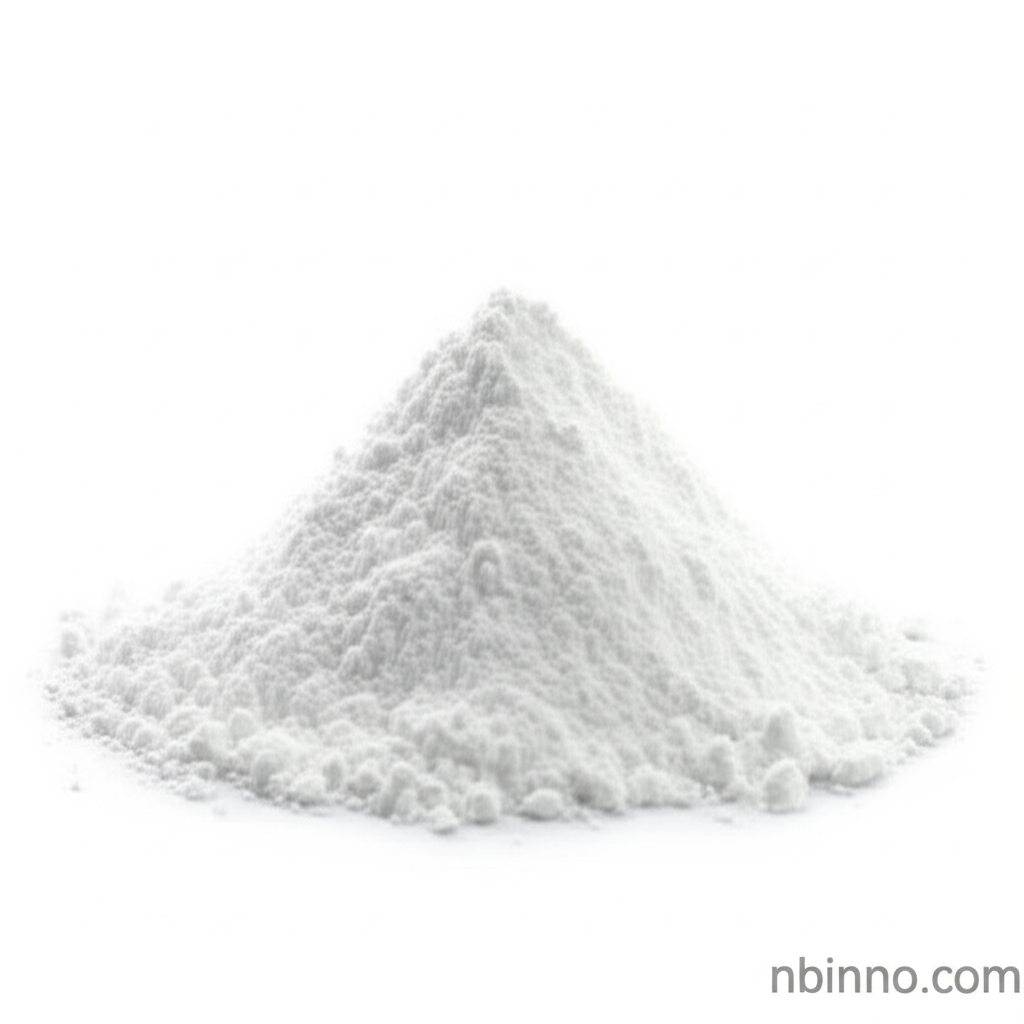Antimony Trioxide (Sb2O3): A Synergistic Flame Retardant for Enhanced Polymer Safety
Explore the essential role of Antimony Trioxide in polymer fire safety and its synergistic effects with halogen compounds.
Get a Quote & SampleProduct Core Value

Antimony Trioxide
Antimony trioxide (Sb2O3) is a critical inorganic compound widely employed as a flame retardant synergist. Its primary function is to enhance the effectiveness of halogen-based flame retardants, significantly improving the fire safety of various polymeric materials. This synergistic combination works by disrupting the combustion process through multiple mechanisms, including char formation, radical trapping in the gas phase, and dilution of oxygen.
- Discover the key antimony trioxide flame retardant synergist mechanisms, such as char formation and gas-phase radical trapping, that bolster polymer fire safety.
- Understand the widespread antimony trioxide uses in plastics, rubber, textiles, and coatings, demonstrating its versatility across industries.
- Learn about the performance of halogen-antimony flame retardant systems in achieving critical safety standards like UL-94 V-0.
- Gain insight into the current antimony trioxide market price increase and its implications for manufacturers seeking reliable alternatives to antimony trioxide flame retardant solutions.
Advantages Offered
Enhanced Flame Retardancy
Sb2O3 significantly boosts the flame-retardant properties when combined with halogenated compounds, creating robust halogen-antimony flame retardant systems for superior fire protection.
Versatile Application
The broad utility of antimony trioxide uses in plastics and other materials like rubber and textiles makes it an indispensable component in achieving critical safety standards.
Mechanism of Action
Understanding the sb2o3 flame retardant mechanism reveals how it effectively interrupts combustion, contributing to the overall fire safety of polymer composites.
Key Applications
Plastics and Rubber
Explore the critical role of antimony trioxide in plastics and rubber, providing essential fire resistance for products like PVC cables and electronic casings.
Textiles and Chemical Fibers
Learn how antimony trioxide is used in textiles to impart flame retardancy, crucial for items like fire-resistant clothing and drapes.
Coatings and Pigments
Antimony trioxide also serves applications in coatings and pigments, contributing to their protective and fire-resistant properties.
Glass and Electronics
Its clarifying properties in glass and flame-retardant capabilities in electronic components highlight the diverse industrial uses of this compound.
